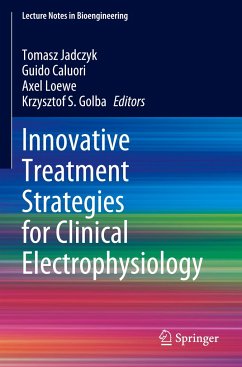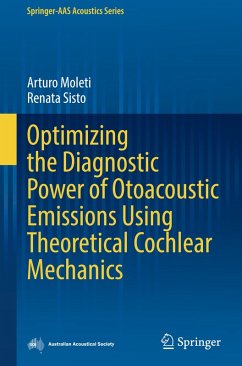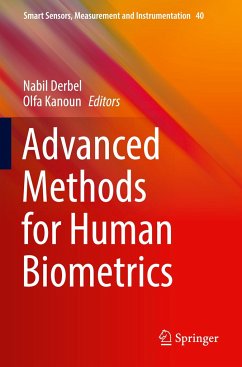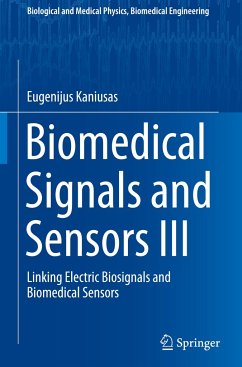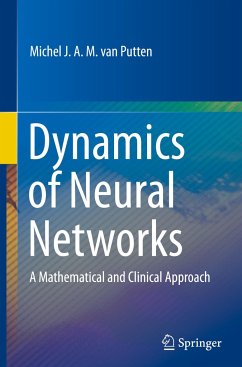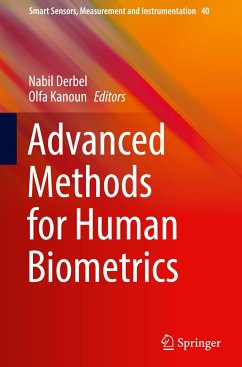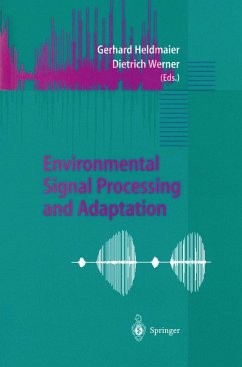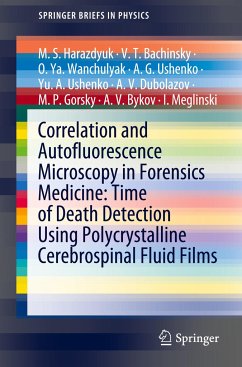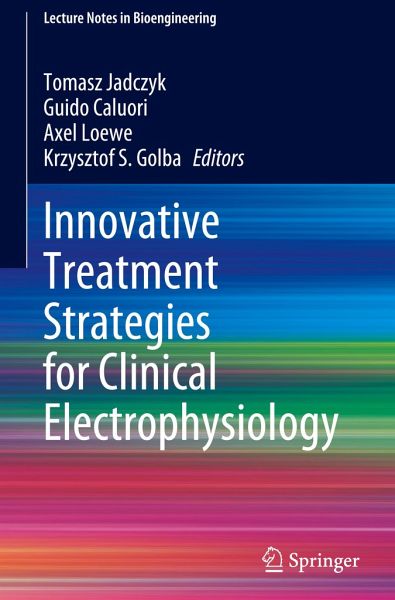
Innovative Treatment Strategies for Clinical Electrophysiology

PAYBACK Punkte
57 °P sammeln!
This book highlights the advancements in different fields of clinical electrophysiology and gives the reader a good background of the established practices. To tackle such a wide topic, the book focuses on two main aspects: ablation and pacing, discussing the novel energy sources and approaches to rhythm restoration and control; devices and signal processing, highlighting the new available technologies and numerical approaches aiding practice and home medicine. It also presents the reader with selected strategies that could be a paradigm shifts for the field: in situ cell reprogramming, exploi...
This book highlights the advancements in different fields of clinical electrophysiology and gives the reader a good background of the established practices. To tackle such a wide topic, the book focuses on two main aspects: ablation and pacing, discussing the novel energy sources and approaches to rhythm restoration and control; devices and signal processing, highlighting the new available technologies and numerical approaches aiding practice and home medicine. It also presents the reader with selected strategies that could be a paradigm shifts for the field: in situ cell reprogramming, exploiting the newly founded achievements in epigenetic modification of somatic cells; artificial intelligence; cardiac digital twinning, which aims to collect the information from imaging, mechanics and electrophysiology and condense it into a patient-specific model for personalized treatment.



